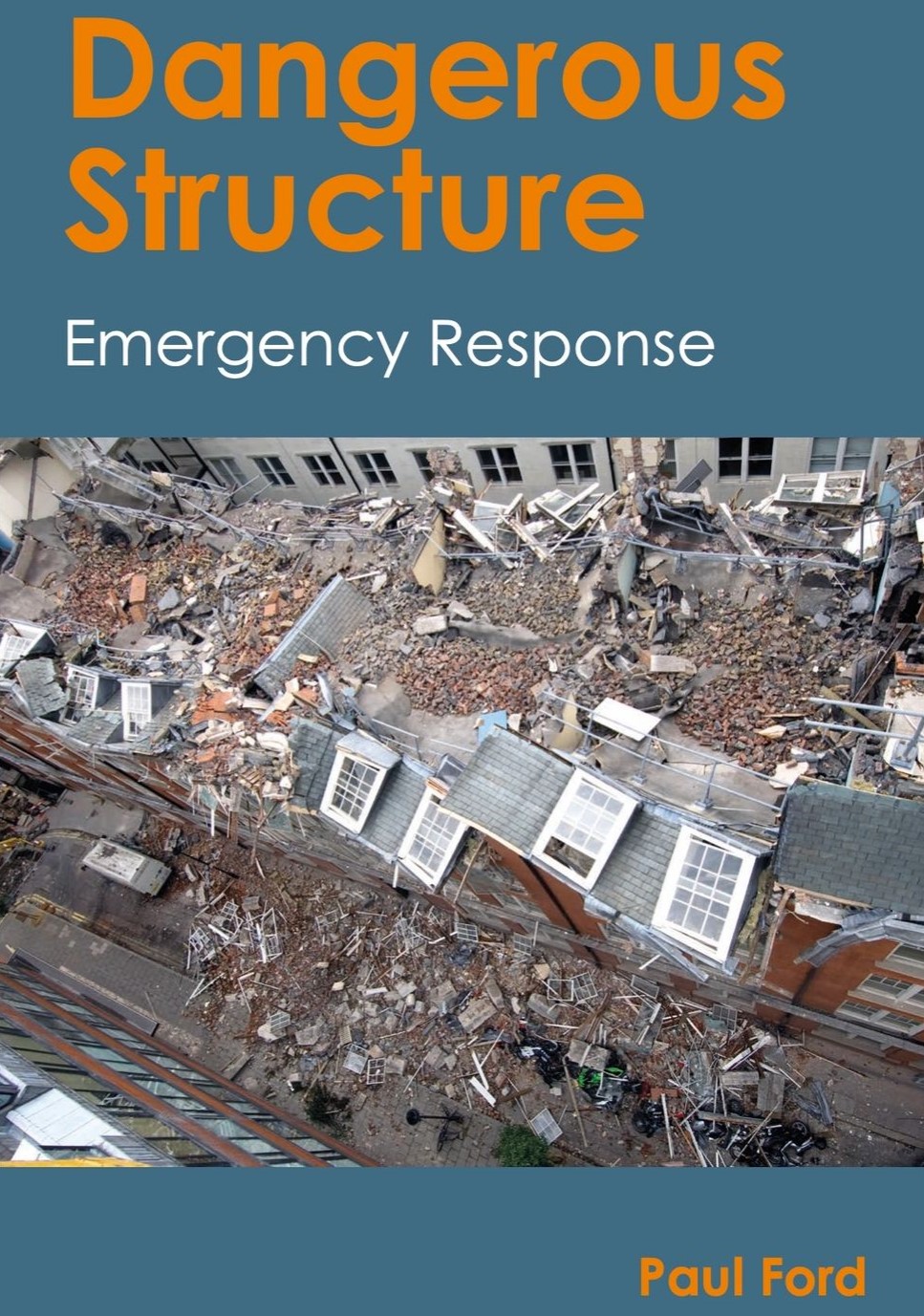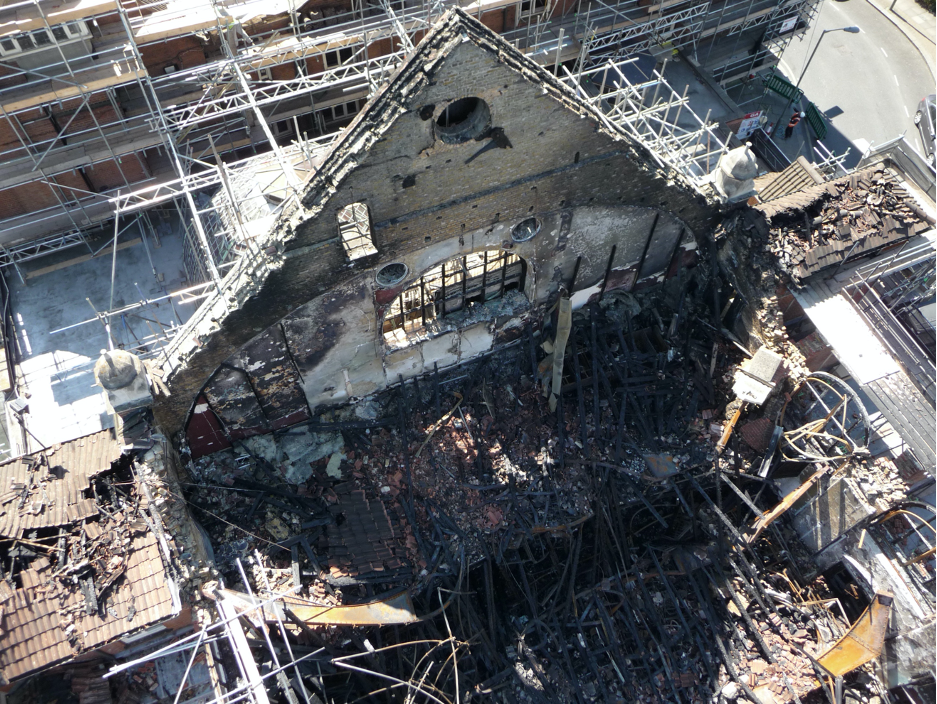Dangerous structures
Dangerous structures specialists
Deconstruct have an outstanding track record in dangerous structures projects and the company is widely recognised as an authority in this field. In most cases we provide an immediate response, supported by robust procedure that enables us to manage incidents successfully from our initial arrival through to completion and handover. As a company, Deconstruct have managed in excess of 250 individual dangerous structures incidents, most of which have been in Greater London.
Such projects have seen us working closely with a wide variety of stakeholders, from key emergency services such as Urban Search and Rescue, Police and Fire Brigade to operators and bodies such as Network Rail, London Underground, Local Authorities, insurers and landlords.
Our dangerous structures service delivery includes the preparation and provision of bespoke individual Disaster Recovery Facilities Management Programmes. A cost-effective solution in the complex and hazardous arena of Disaster Recovery, these documents identify and clearly set out client requirements to provide planned recovery in the event of a dangerous structures incident.
Working in collaboration with our sister company De Group Contracting, we also provide a dedicated Disaster Recovery service. To minimise loss of revenue to stakeholders, this provision is designed to bring built assets and structures affected by disaster back to normal functionality as quickly and as efficiently as possible. Recent examples of this service in action include The Mall in Walthamstow and The O2 in the aftermath of Storm Eunice.
A guide built on experience
Dangerous structures — the book
How to safely remediate dangerous structures — a guide built on experience by Paul Ford, DE Group’s Chairman.
Dangerous structures arise from a wide variety of causes, from fire, explosion or collapse to poor practice or more deliberate destructive actions. Irrespective of cause, it’s essential to quickly establish what legally constitutes a Dangerous Structure. Once this has been achieved, safe, timely remediation is the primary objective.


Written by DE Group Chairman Paul Ford, the Dangerous Structures book details examples of real incidents — and the actions taken to resolve them. It goes on to provide a step-by-step procedural approach to dangerous structures — both large and small — before outlining how contractors can engage most effectively with emergency services and local authorities.
The book also details the author’s attendance in the immediate aftermath of the catastrophic Grenfell Tower fire and the critical role played by Deconstruct in safely stabilising the structure.
